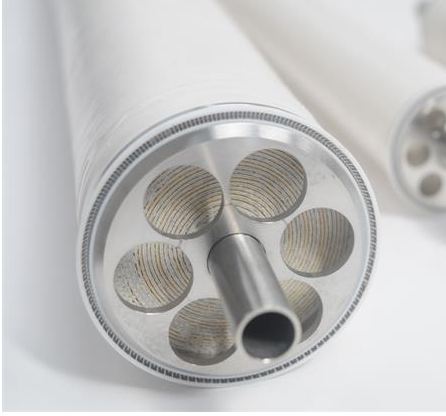| Evonik Industries |

| Registration Date | 10 Oct 2017 |
| Revision Date | 10 Oct 2017 |
| Share |
Environment Water and Wastewater
Water MembranePorous Materials
NanoporousIncreased product value Reduced operating cost Reduced processing time Environmentally friendly
Molecular scale separations in aqueous solutions using membranes have been possible since the latter part of the 20th century, with the advent of reverse osmosis and nanofiltration for separation of ions and other molecules. Until recently, industrial applications of both separation techniques have been almost exclusively in the treatment of waste water, desalination, and the food and beverage industry. Membrane separation of molecules dissolved in organic liquids (Organic Solvent Nanofiltration, OSN) has emerged as a new area of membrane science during the last decade, with huge potential for applications across chemical-related industry sectors.This is reflected in a huge interest. The main reason? Common purification processes – such as distillation, extraction, chromatography, adsorption, and crystallization – can be energy or materials intensive, or suffer from problems of robustness. It is generally accepted that “...separation processes account for between 40-70% of both the capital and operating costs in industry...” . A simple calculation, based on concentrating a dilute solute in a typical solvent by a factor of 10, shows that OSN requires less than 10% of the energy of thermal separation techniques such as distillation. Clearly, OSN can make dramatic cost savings.